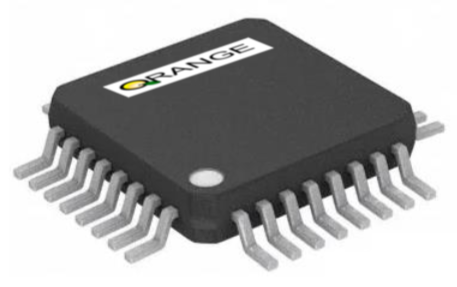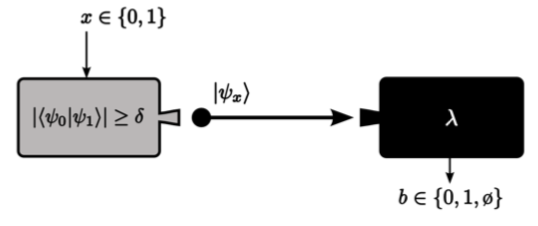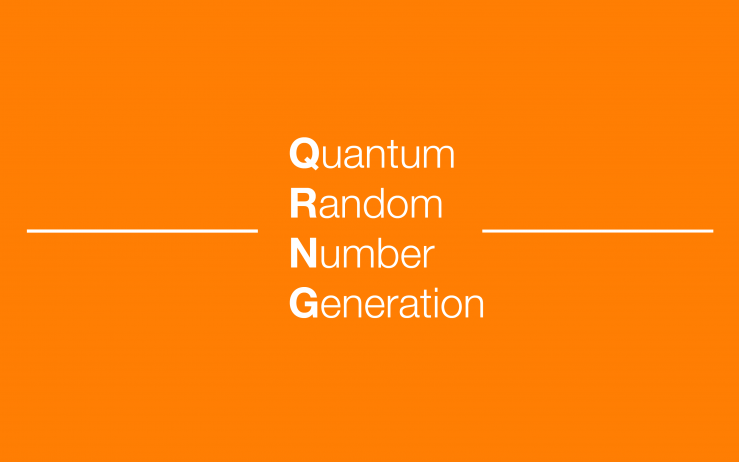Quantum Random Number Generation
QRANGE's QRNG Approach
Randomness plays an increasingly important role in a wide range of disciplines and applications, especially as a resource for cryptography, algorithms, simulations and on-line gaming. For example, mobile communication, and more recently the Internet of Things (IoT), requires “high- quality” random numbers for security of the underlying algorithms. Hence, it is of fundamental importance that the generated numbers are truly random, as any deviation may jeopardise security.
QRANGE will pursue a broad and sustainable commercialisation of QRNG in several areas of secure communication (classical and quantum) and High performance computing. The key is to improve the randomness certification of QRNG while at the same time reduce the prize and size of the devices and make them faster. There are three main technological approaches that address different markets.
Miniaturized low-cost QRNG
Regarding IoT systems and other mass-product markets, our goal is to push the device towards miniaturisation to realise a compact and low cost QRNG. This approach is based on some of the most basic concepts for QRNG - a single photon is sent towards a semi-transparent mirror where one of two detectors (transmitted or reflected paths) detects the single photon. 
High-speed QRNG
This technology will be developed by using a phase-diffusion (PD) laser scheme. To implement a PD-QRNG, a semiconductor laser is driven from below to above the threshold level periodically to generate a string of phase-randomised optical pulses. 
High-security self-tested QRNG
The protocol allows the user to continuously monitor the quantum entropy generated by the system and hence certify genuine randomness in real time. Recently, what are called "device independent" (DI) QRNGs, whose operation can be certified without making assumptions about the implemention or internal operation, have been proposed. 

